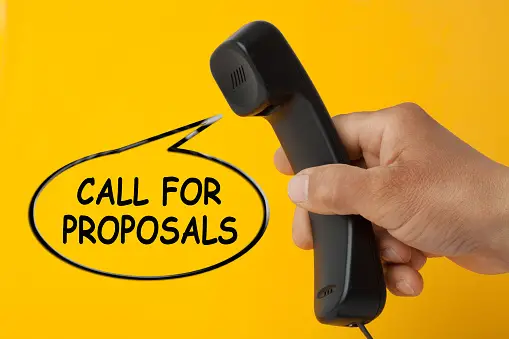Learning how to write a federal grant is a crucial skill for any nonprofit organization seeking government funding. This guide will provide you with a detailed roadmap to navigate the complexities of the grant application process. By understanding the key components and strategies for crafting a compelling proposal, you can significantly increase your chances of securing the necessary funding for your projects. From aligning your objectives with federal priorities to presenting a persuasive project narrative, each step is essential for success in the competitive world of government grants.
Understanding Federal Funding Opportunities
Before diving into the writing, it’s crucial to understand the landscape of federal funding opportunities. Each funding source has its own goals and criteria, and aligning your project with these can significantly increase your chances of approval. Research extensively to find grants that match your nonprofit’s mission and objectives.
When exploring federal funding opportunities, it’s important to start by visiting official government websites like Grants.gov, where you can find a comprehensive list of available grants. These platforms provide detailed descriptions of each grant, including who is eligible, the funding amounts, and what each program aims to achieve. This initial research will help you identify which grants are the best fit for your organization’s needs and strategic goals.
Once you have a shortlist of potential grants, delve deeper into understanding the specific objectives and requirements of each. Pay close attention to the grant eligibility criteria, which can vary widely from one grant to another. Some grants might focus on specific societal issues, such as education, health, or community development, while others might be aimed at innovation in technology or environmental conservation.
Moreover, it’s wise to keep an eye on the funding agency’s priorities. Each agency may have a different focus area and understanding these can help you tailor your proposal to meet their specific interests. This alignment not only increases your proposal’s relevance but also showcases your project’s potential impact in areas they care about.
Engage with grant officers if possible. These are the individuals who oversee the grant programs and can provide invaluable insights into what makes a successful application. Building a relationship with them can also give you direct feedback on your proposal’s draft and help clarify any complex parts of the application process.







Нужно в сжатые сроки попасть до вокзала или в соседний регион? Сегодня вызвать уютное и проверенное такси проще простого — достаточно воспользоваться сервисом. Квалифицированные водители, опрятные машины, фиксированный стоимость и нет непредвиденных расходов делают поездку без стресса. Многие сервисы предлагают выбор категории транспорта, бесконтактный расчёт и круглосуточную поддержку. Особенно полезно это в дальнобойных поездках, где важны надёжность и пунктуальность. А какие компании вы рекомендуете? Расскажите своими впечатлениями!
http://hyg.w-websoft.co.kr/bbs/board.php?bo_table=free&wr_id=144433
Perfectly spoken genuinely. !
Promo: C4bjWthY7dcX8qi
Feel free to visit my website :: https://megasto.com.ua/catalog/strichka_konve_rna_/